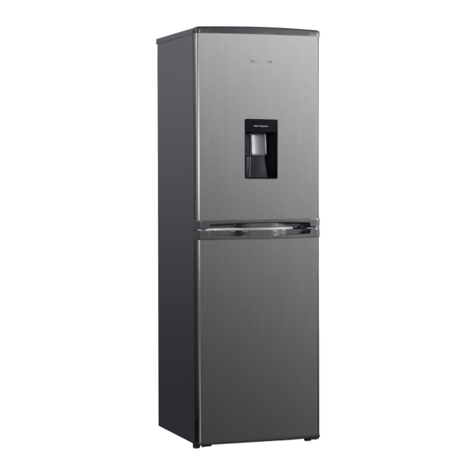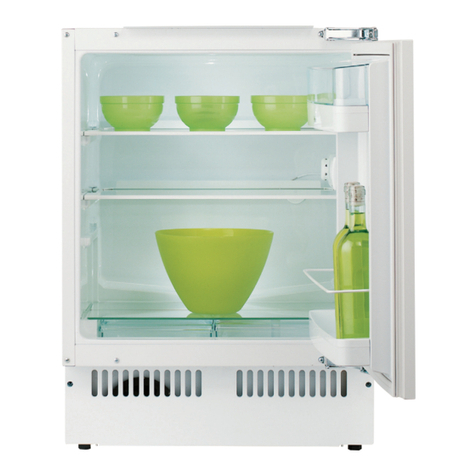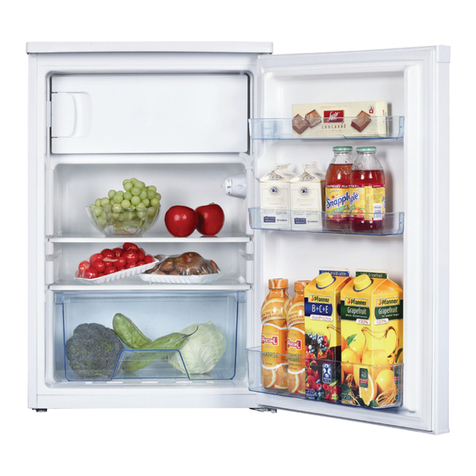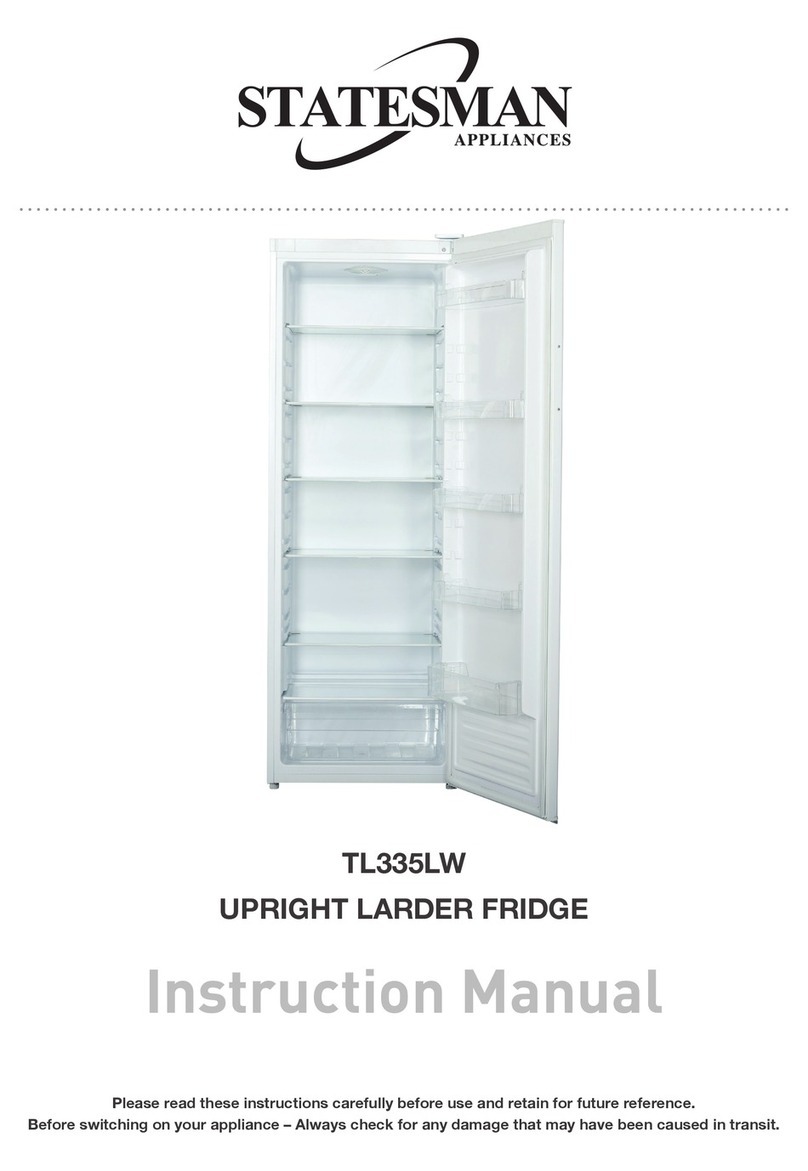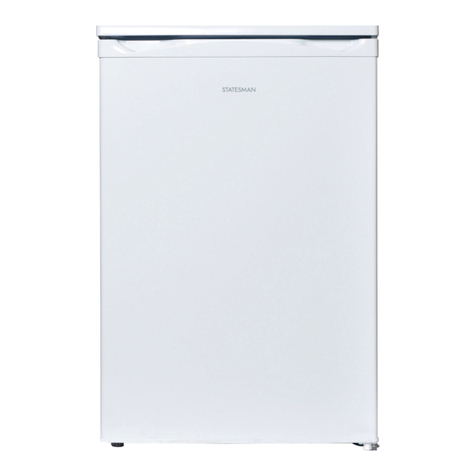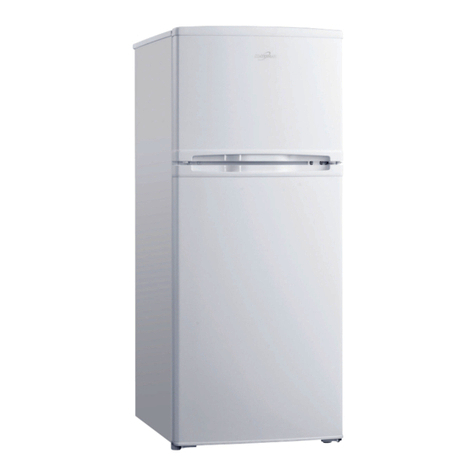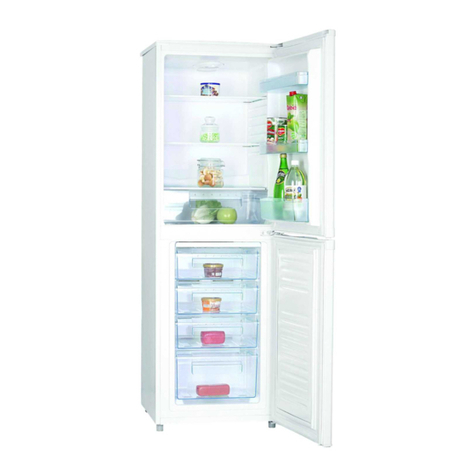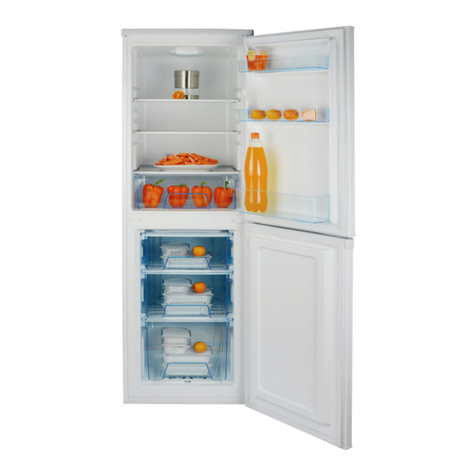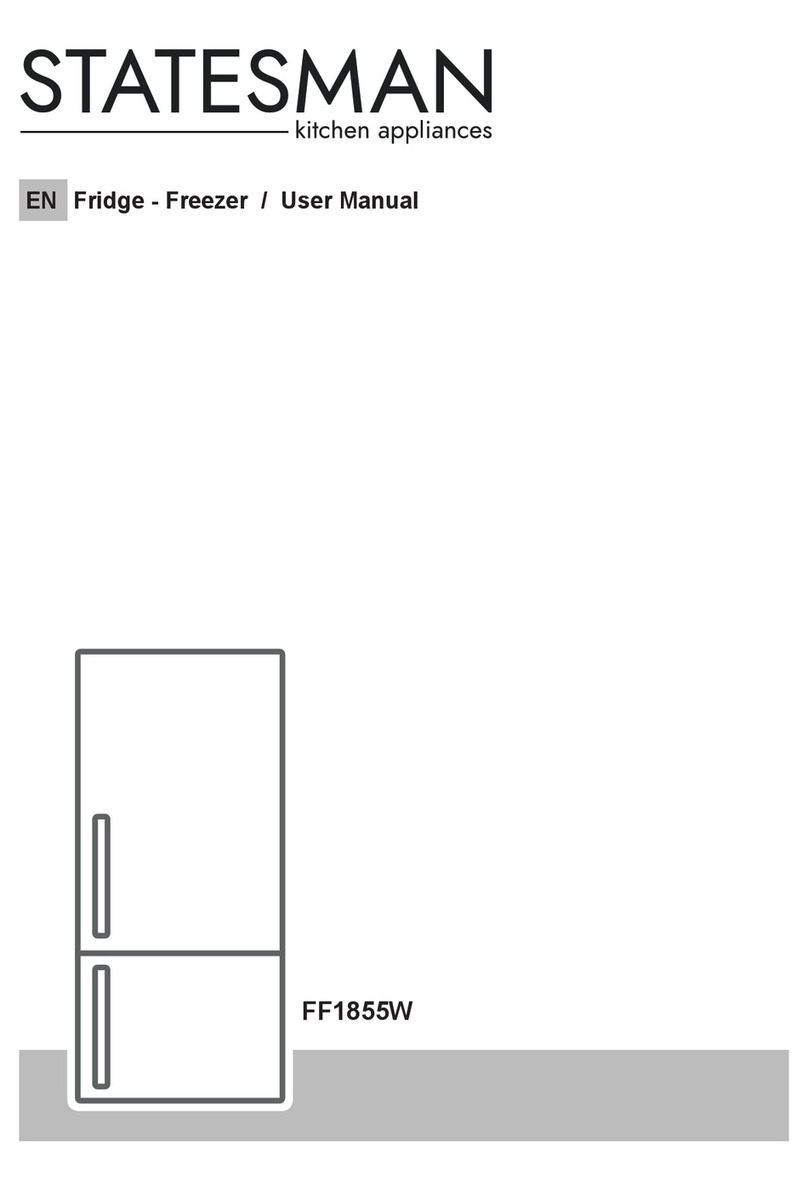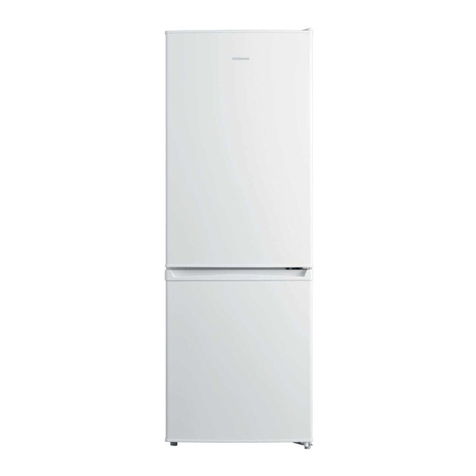3
IMPORTANT SAFETY INSTRUCTIONS
Read and follow all of the instructions even if you feel you are familiar with the product, and
nd a place to keep this manual handy for future reference.
Important: This product is intended for domestic use only, for food refrigeration storage only. When
using electrical appliances, basic safety precautions should always be followed:
• Do not operate the appliance with a damaged cord or plug, after it malfunctions or has been
dropped or damaged in any way. All electrical repairs must be carried out by a qualied
electrician. Inadequate repairs may result in a major source of danger for the user and invalidate
the warranty.
• Check the voltage of the appliance matches the household voltage, which is located on the
rating label.
• Use of an extension cord is not recommended with this product.
• This appliance can be used by children aged from 8 years and above if they have been given
supervision or instruction concerning the use of the appliance in a safe way and understand the
hazards involved.
• Cleaning and user maintenance shall not be made by children.
• Keep the appliance and its cord out of reach of children.
• Children shall not play with the appliance.
• Appliances can be used by persons with reduced physical, sensory or mental capabilities or lack
of experience and knowledge if they have been given supervision or instruction concerning use
of the appliance in a safe way and understand the hazards involved.
• Always unplug the appliance before attempting to move. When disconnecting from the electricity
supply, pull the plug and not the cord.
• This product is for indoor use only.
• Do not store explosive substances such as aerosol cans with a ammable propellant in this
appliance.
• Always keep the ventilation openings clear of obstruction. Should they become blocked, clear
them straight away.
• The refrigerant of this product is R600a which is ammable. Ensure when moving the appliance
or during installation that the cooling system does not get damaged.
• Do not use mechanical devices such as a hair dryer or other means to accelerate the defrosting
process, other than those recommended by the manufacturer.
• Do not use electrical appliances inside the food storage compartments of the appliance, unless
they are of the type recommended by the manufacturer.
• To avoid a hazard due to the instability of the appliance, it must be xed in accordance with the
instructions.
• While carrying and positioning the fridge, do not damage the cooler gas circuit.
• This appliance is not intended for use at altitudes exceeding 2000m.
• Never touch the power cord/plug with wet hands as this could cause a short circuit or electric
shock.
• Do not use any metal or sharp objects to accelerate the defrosting process.
• Do not place glass bottles or beverage cans in the ice-making compartment as they can burst as
the contents freeze.
• Do not place explosive or ammable material in your fridge. Place drinks with high alcohol
content vertically in the fridge compartment and make sure that their tops are tightly closed.
